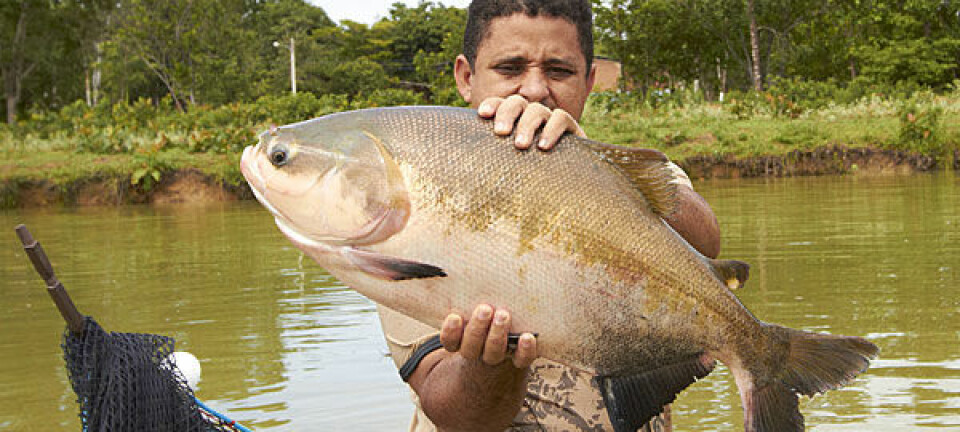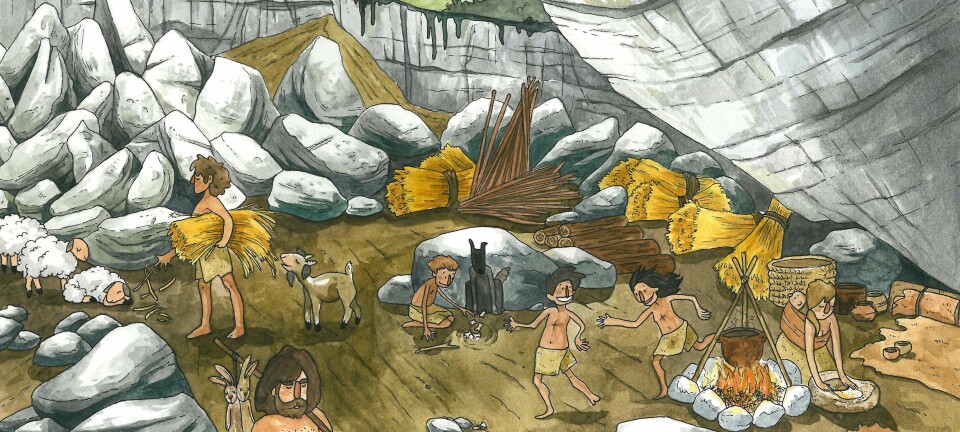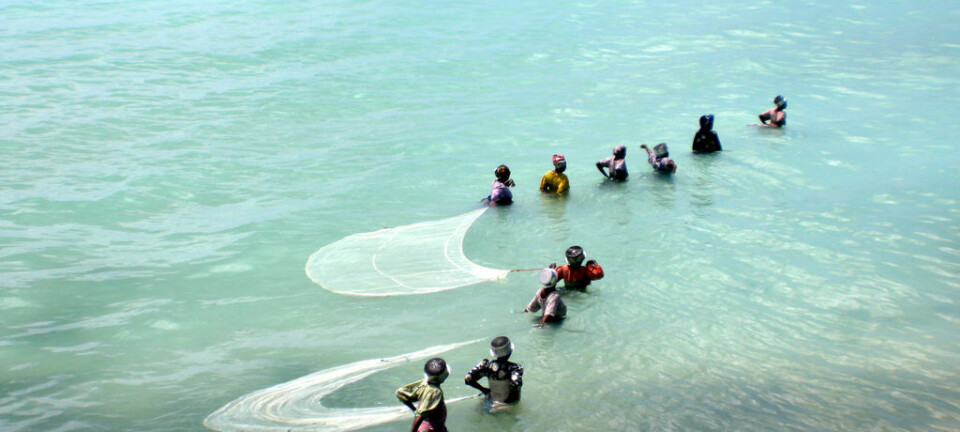
Sea cucumber are a prized Asian delicacy. Norway wants to farm them for export.
In China they call them the "ginseng of the sea.” But before Norwegians can transform their humble red sea cucumber into an export product, they first have to figure out how to catch or farm them.
Sea cucumber is widespread along Norway’s entire coastline much like sea urchins and common crabs.
But they have not been developed for market.
Now, a number of Norwegian companies are trying to figure out how they can culture sea cucumbers for export.
“The Ginseng of the Sea”
Sea cucumber is a well-known delicacy in Asia where it has been considered a traditional health food product for hundreds of years, says Margareth Kjerstad, research manager at Møreforsking, Norway, which conducts applied research.
“Sea cucumber is often called the ginseng of the sea. It is highly appreciated because of its health benefits,” she says.
Sea cucumber are rich in vitamins, minerals, and amino acids. They also contain some calcium, an essential mineral that is low in the Asian diet. In Norway and other Western countries, people get calcium from consuming dairy products.
Read More: Loss of marine habitats is threatening the global fishing industry – new research
One of the most expensive seafood products
The plan is for the Norwegian sea cucumber to become a part of the export market to Asia. After market assessments and shipments of test products to China, the message that came back was that the Norwegian red sea cucumbers are sought after. It's large size and clear red color makes it especially sort after. The big spikes on the animal are also considered a plus.
Kjerstad says that sea cucumber has little flavor, but tastes a bit like the ocean, a little like a neutral version of oysters. The consistency is tough and a little hard, somewhat like the flesh of an octopus, she says. Different cooking methods affect the characteristics and quality of the flesh.
But since sea cucumber is considered a delicacy in Asian countries, there is money to be made, she says.
"Sea cucumber is one of the most expensive products in seafood markets today,” says Kjerstad.
Increased demand, higher prices and reduced access to sea cucumbers in the international market have led to increased interest in new species. Currently, there are around 70 on the market.
Read More: How to reduce plastic in the seafood industry
Could be farmed
People have succeeded in getting sea cucumbers to spawn in captivity, says Kjerstad. Now the trick is to understand the development of the animal from when the eggs hatch to adulthood.
More research is needed to understand fry production if sea cucumber is going to be farmed, she says. Farmers will also need to have sea cucumbers that can be used to produce eggs for production, plus they’ll need to know more about the environment that the animal needs to thrive and grow in captivity. All these pieces need to be in place before sea cucumber farming can happen.
"We still don’t know enough," says Kjerstad.
Read More: Rising sea temperatures will hit fisheries and communities in poor countries the hardest
Catching them is the main challenge
Frank Jakobsen works as head of industry and processing at the Norwegian Seafood Research Fund.
He says that projects have been funded in the past to figure out how to make better use of underutilised marine resources, like the sea cucumber.
The problem with a soft-bodied creature like the sea cucumber, he says, is that no one has the right kind of gear to harvest them.
Currently, fishermen catch sea cucumbers as bycatch in shrimp trawling nets.
Others have tried to use crayfish trawlers, but using this kind of equipment requires a permit, and because it harms the seabed, it is unlikely that the Fisheries Directorate will allow this approach.
Another attempt has been made using a miniature underwater vessel to pluck the sea cucumbers from the sea floor, but with no luck. Harvesting the animals thus appears to be one of the main challenges of selling them on the export market.
Read More: Why is China so quiet in negotiations about fisheries in the central Arctic Ocean?
Great potential
"There is a market for sea cucumber, so it obviously has potential. But there are still challenges before we can harvest it,” says Jakobsen.
Beyond simply harvesting sea cucumbers, there is the additional challenge of figuring out how to handle and store the creatures for export, he says. Among the options are freezing it for transport or to stabilie it in brine.
Sea cucumber is found all over the world, and a number of countries already export them to China. But Norwegian sea cucumbers are usually found at depths of about 200 metres. Elsewhere it’s possible to harvest sea cucumbers by diving for them.
Nevertheless, Jakobsen thinks Norway’s sea cucumbers stands out for their quality, size, colors and spikes.
If researchers figure out how to farm sea cucumbers, he says, the industry offers great potential. And this is possible, since China already has a sea cucumber farming industry.
“We have to provide the necessary resources if we want to see something like that happen in Norway,” says Jakobsen.
----------------
Read the Norwegian version of this article at forskning.no



































